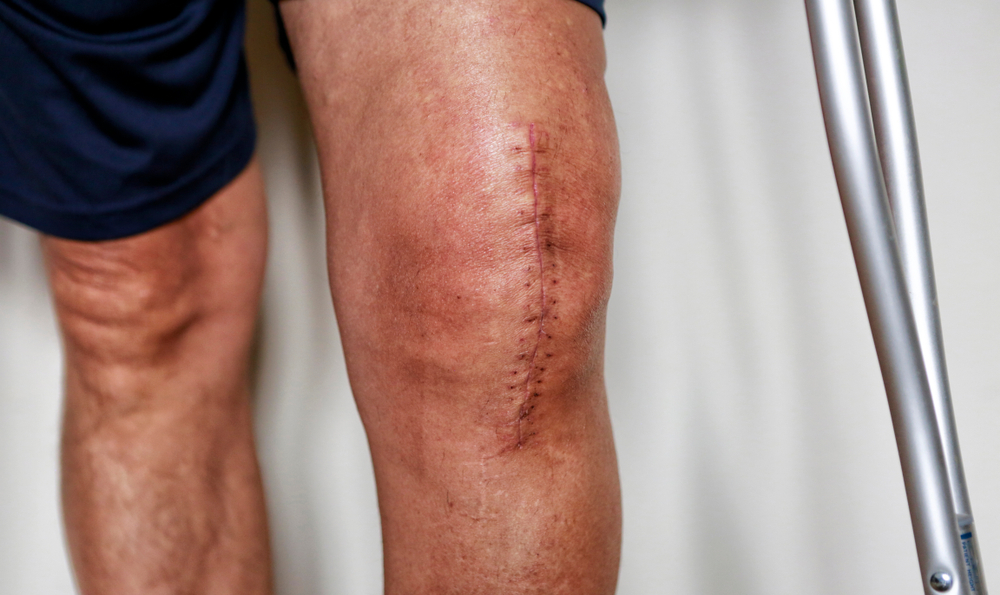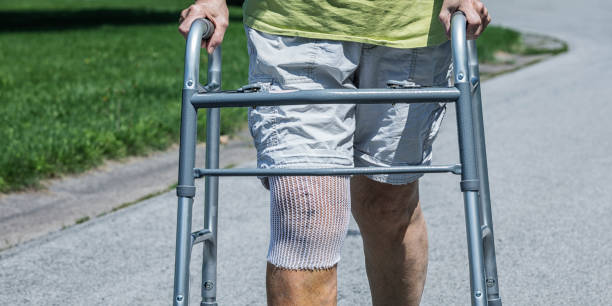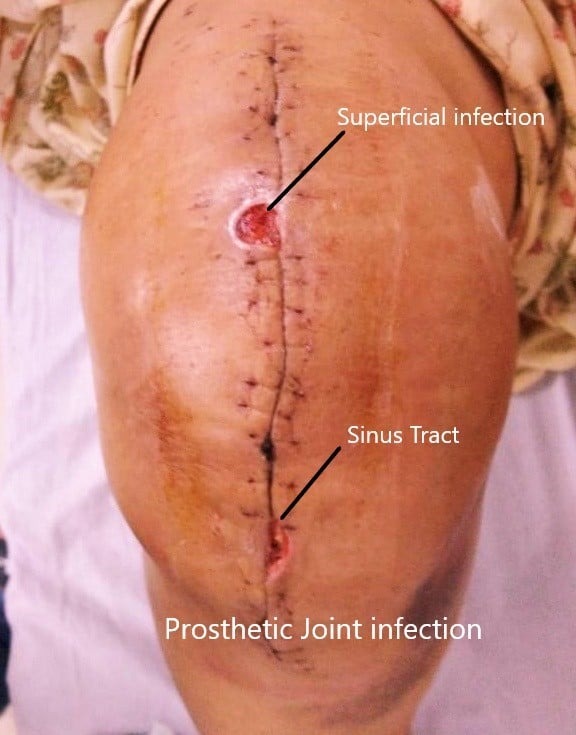GET YOUR MOBILITY BACK
Are You Struggling with Knee Pain?
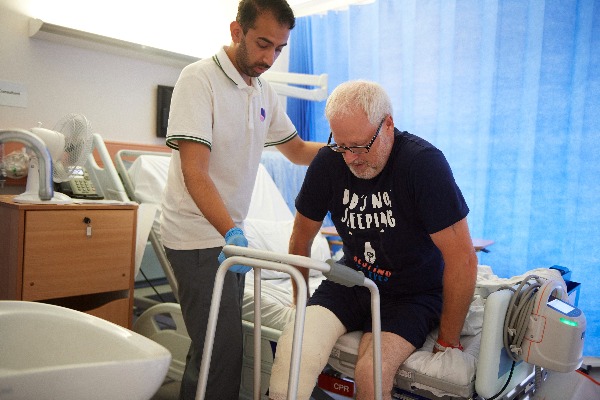
If knee pain is interfering with your daily life, it may be time to consider knee replacement surgery. Our team of expert surgeons specializes in knee replacement surgery and can provide the relief you need to get back to doing the things you love
Knee replacement surgery is a surgical procedure that is done to replace a damaged or worn knee joint with an artificial one. It's usually done when other treatments, such as physical therapy or medications, have failed to relieve pain or improve mobility. Knee replacement surgery is a common procedure and has been performed successfully for decades. If you are considering knee replacement surgery, here's what you need to know.
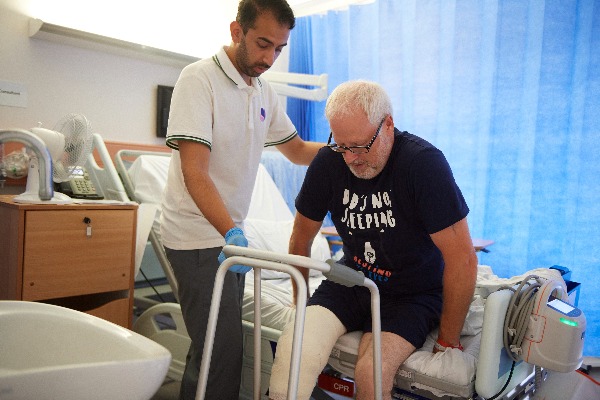
Don't let knee problems hold you back any longer
WHY DR. Rohit Pandey
Why Choose Me For Your Knee Replacement Surgery?
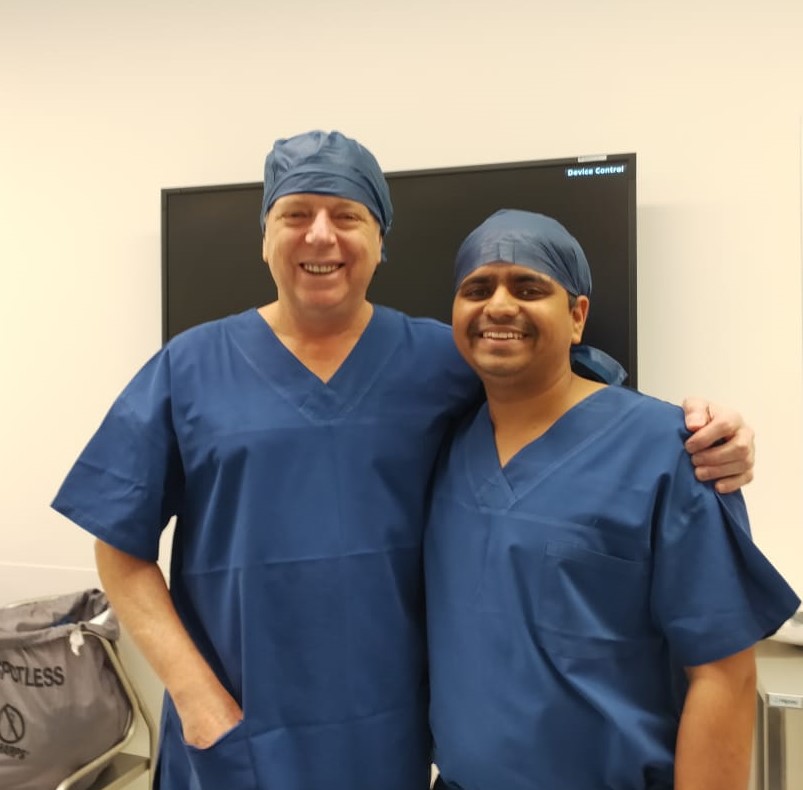
- Experience and Expertise in performing the surgery.
- Specialization in Knee Replacement. We do CR knee replacement, preserving more bone and ligament.
- Having high Success Rate
- Reduced Complications
- Personalized Approach
+
Successful Knee Replacements
WHAT IS KNEE ANATOMY
The meaning of knee replacement, also known as knee arthroplasty, is a surgical procedure in which a damaged or diseased knee joint is replaced with an artificial prosthesis. The primary goal of knee replacement is to relieve pain, improve mobility, and restore function in individuals with severe knee conditions that have not responded to non-surgical treatments.
The knee joint is a complex hinge joint that connects the femur (thigh bone) to the tibia (shin bone). It is surrounded by ligaments, tendons, and cartilage, which provide stability and cushioning. However, conditions such as osteoarthritis, rheumatoid arthritis, or knee injuries can lead to significant damage, causing chronic pain, stiffness, and limited mobility.
During knee replacement surgery, the damaged portions of the knee joint, including the ends of the femur and tibia, are removed. These surfaces are then replaced with artificial components made of metal alloys, high-grade plastics, or ceramics. The artificial components mimic the shape and function of a natural knee joint, allowing for improved joint movement and reduced pain.
Knee replacement can be partial (replacing only one side of the knee joint) or total (replacing both sides of the knee joint). The choice of partial or total knee replacement depends on the extent of the damage and the individual's specific condition.
By replacing the damaged joint surfaces with artificial components, knee replacement surgery aims to alleviate pain, improve joint stability, and enhance overall quality of life. It enables individuals to engage in activities with reduced discomfort and regain functionality in their knees. Rehabilitation and physical therapy are usually prescribed after the surgery to aid in the recovery process and optimize the results of the knee replacement.
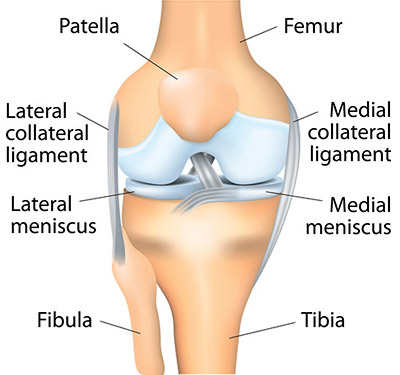
WHAT IS KNEE ANATOMY
WHY DR. Rohit Pandey
Benefits of Knee Replacements

- Pain relief: Knee replacement significantly reduces chronic knee pain.
- Improved mobility and function: It enhances joint movement, range of motion, and stability.
- Enhanced quality of life: Individuals experience a better overall well-being and can participate in activities with ease.
- Increased independence: Knee replacements restore the ability to perform daily tasks without assistance
- Long-term durability: Modern implants are designed to last 15-20 years.
- Improved sleep: Reduced knee pain leads to better sleep quality.
- Psychological well-being: Knee replacements can improve mood, reduce stress, and increase confidence.

"Live without boundaries: Choose knee replacement."
Reasons for Knee Replacement Surgery
There are several reasons why you might need knee replacement surgery. The most common reason is osteoarthritis, which is a degenerative joint disease that affects millions of people worldwide. Osteoarthritis can cause pain, stiffness, and swelling in the knee joint, which can make it difficult to perform everyday activities. Other conditions that may require knee replacement surgery include rheumatoid arthritis, post-traumatic arthritis, and knee injuries.

Reasons for Knee Replacement Surgery
Preparing for Knee Replacement Surgery
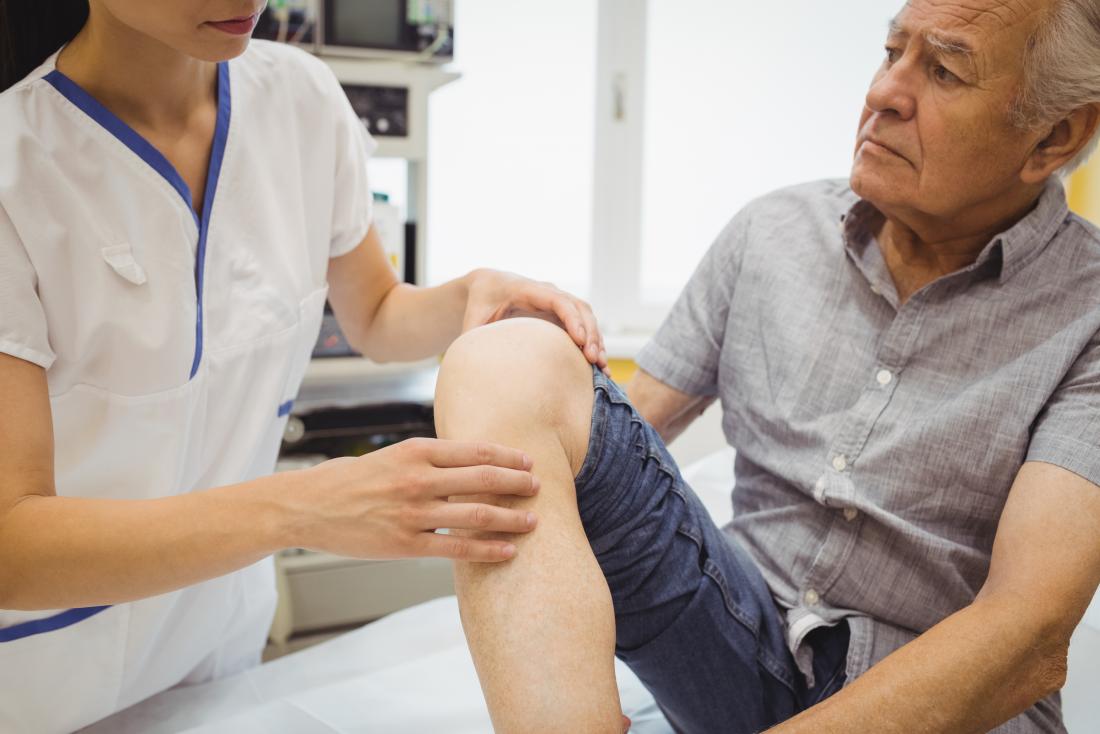
Preparing for Knee Replacement Surgery
Before undergoing knee replacement surgery, there are several things you can do to prepare for the procedure. We will assess your medical history, conduct a physical exam, and order imaging tests, such as X-rays and MRI scans, to evaluate the condition of your knee joint. Before the surgery, we recommend stopping certain medications, such as blood thinners. You may also be asked to lose weight, quit smoking, or make other lifestyle changes to reduce your risk of complications during and after the surgery.


